They say if you go on a second date with a girl, it's because you like her. If you go on more than two, there's definitely something there.
The first time I visited Quito was by chance. I didn’t plan it, but a long layover between buses gave me the opportunity to walk around Ecuador's capital city. And behold, this is now the fourth time I've come to visit. That’s right: I cannot deny it. I am in love.
I am still critical of the object of my love. I do not allow its beauty to cloud my judgement or prevent me from seeing its flaws. But as a gentleman, I try to keep my criticisms to myself.
I have always entered Quito the same way—from below, meaning from the south through Quitumbe. This allows me to use the trolley to get to the center of the city. And I must say that US $0.25 is a bargain price to get around. This way I can appreciate its diverse south side, an attractive part of the city.
I get off at Santo Domingo Square, and quickly walk a few blocks to my hotel, drop my things off, grab my camera, and set out to explore my beloved with a stirring heart. Literally. In Quito you won't experience altitude sickness, but you are aware you're at 2,800m.
Seeing the one you love after some time apart is a marvelous feeling. What is already known is eagerly rediscovered, and although the mind doesn't stop comparing and checking for changes, the excitement of a reunion surpasses everything.
I should note at this point that just as some people prefer blondes or voluptuous women, I like a city with history—and for this history to be felt while you admire her with delight. Big buildings or modern malls do not impress me. Show me some ruins or an old church, and darling, I'm yours.
One of the things I like about Quito is that its history is a part of mine. Many things that happened here are connected to Peru’s history. Quito was part of the Inca empire Tahuantinsuyo. In colonial times, the Royal Audience of Quito was part of the Viceroyalty of Peru. Therefore, many names from Peru’s past are also present here: Atahualpa, Pizarro, Sucre, Bolivar. It is like hearing a new version of an old tale.
I mentioned the churches—and it is not that I am a fervent Catholic, but the old churches that colonial powers left behind are to be admired. Quito has lots of them. Santo Domingo, the beautiful (though a tad unkempt), San Francisco, the Company, all of them are are full of fabulous works of art and paintings from the Quito school. The modern yet gothic Basilica Voto is perhaps the only church where a guided tour comes close to qualifying as an extreme sport (go climb the towers and you will understand).
You want to see museums in Quito? They leave me breathless. There's one on practically every other block in the historic center, in addition to in almost every church. Or if you spend a Sunday morning walking the city, you can enjoy endless street performances [es]. Once I even saw a Peruvian woman teaching people to dance the huayno, imagine that.
The food I must admit is quite good, except for one or two things that to Peruvians are quite sacrilegious. The rest is very good. And do not limit yourself to eating only in restaurants. Try the street food (I loved the fig and cheese sandwiches) and definitely go to a picantería (restaurant specializing in spicy foods), where a meal both delicious and inexpensive. If, like me, you have the opportunity to go with a local girl who can help with recommendations, even better.
I said that I wouldn't say anything bad about Quito, but there is one thing I can't ignore, and that's the taxi drivers. Sorry baby, but I had to say it. The worst thing about the taxi drivers is the lack of them, coming from someone who is accustomed to Peru's capital where you simply raise your hand to hail a cab. In Lima, you can expect that the next driver will offer a good price if the first doesn't. The shortage of taxis in Quito always surprises me. When it rains you'll never see an empty cab. As in most big cities, always agree on a price unless the taxi has a meter. Don't run the risk of being scammed upon arrival.
As with any couple who truly love one another, disagreements are quickly overcome and warm feelings return. If there is one thing that symbolizes my love for Quito, it is the sculpture of the Virgin of Panecillo, inspired by the Virgin of Quito. Contemplating the beauty of this graceful winged virgin, captured as if in mid-dance, fascinates and transports me.
Quito has all the other features you would expect: malls, nightlife, beautiful parks, extraordinary surroundings and hundreds of things to discover that make it worthwhile to explore. Keep an adventurous spirit and patience because it also has traffic that can be terrible. As you know, nobody is perfect.
In its sometimes winding streets you can find everything from people dancing spontaneously, be it at night or during the day, to a wedding reception being joyfully celebrated in a public plaza. And it you walk around Plaza Grande on a Monday, you can even see the Citizens’ Revolution in action, where the very President of the Republic greets the public in a changing of the guards ceremony.
But apart from everything this city has to offer—and perhaps I am being subjective here—I must confess that what particularly appeals to me about Quito is that it does not make me feel like a stranger. And that is partly due to its people, partly due to the architecture in the historical center, also due to the cultural offerings (even hackers [es] can be found there!). Its mostly benign climate, or perhaps its the mix of all of this, lends its own je ne sais quoi. Or putting it colloquially: it’s that you know how to make me feel good, dear.
P.S. If you are interested in getting to know Quito via its people, I can recommend a few pages on Facebook: Quito escondido (Hidden Quito), from my friend Galo Pérez, whom I interviewed in this post [es], and Quito, de aldea a ciudad (Quito, from village to city), which collects old photos of Quito.

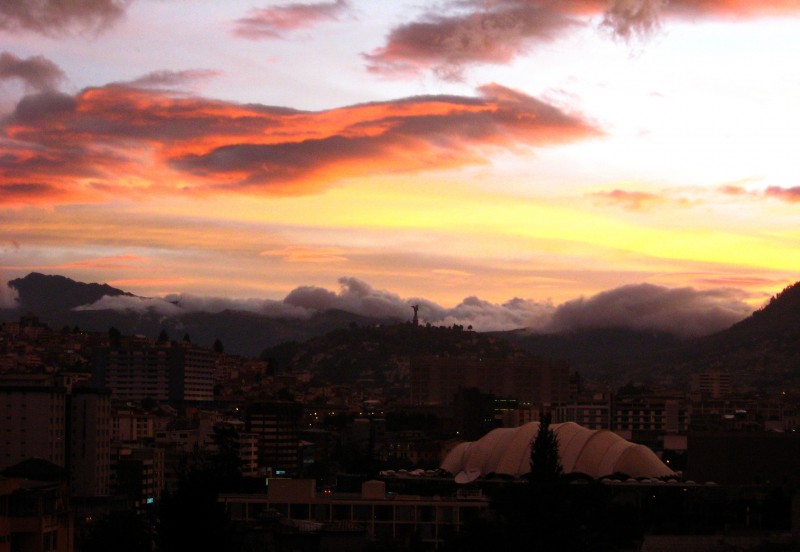

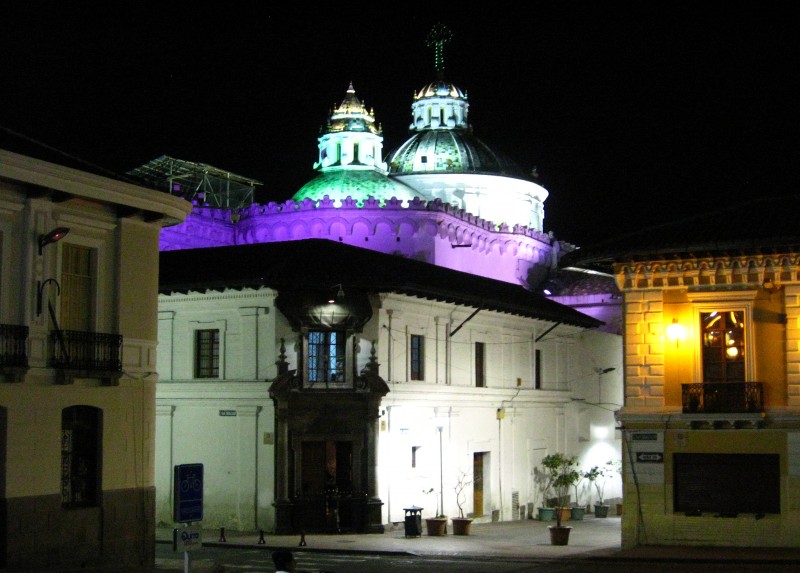
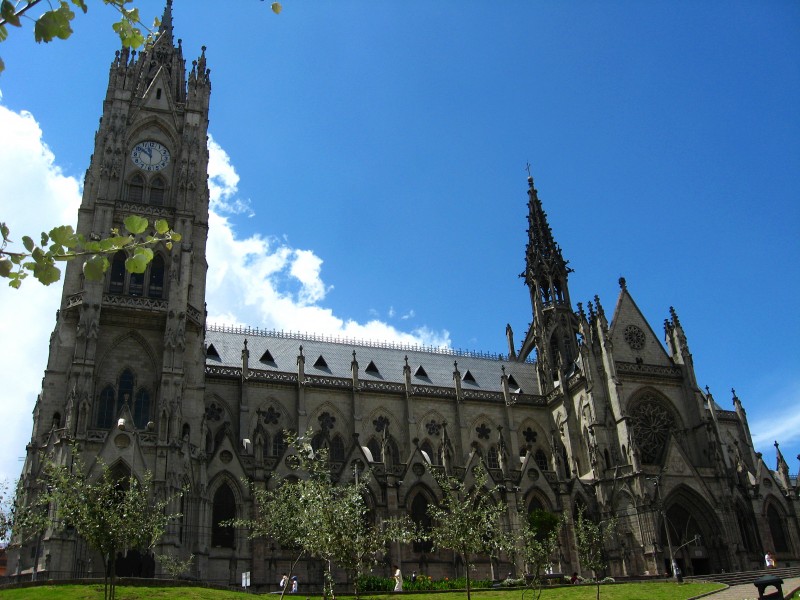
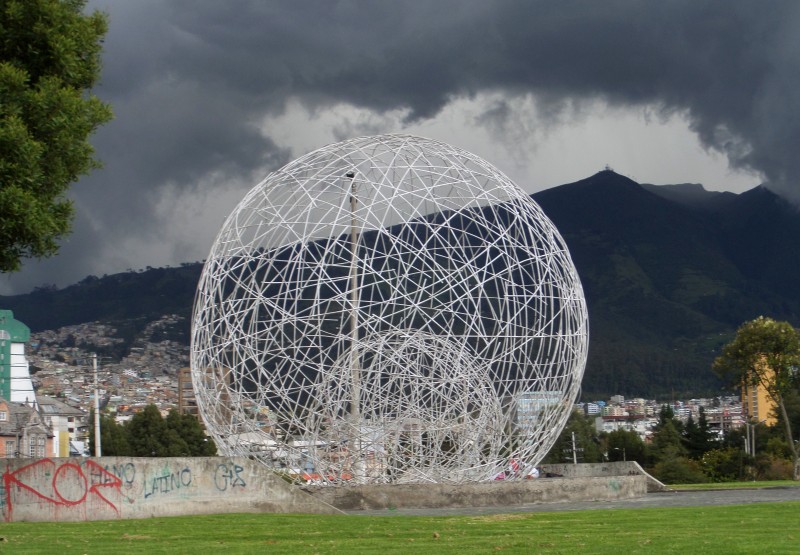
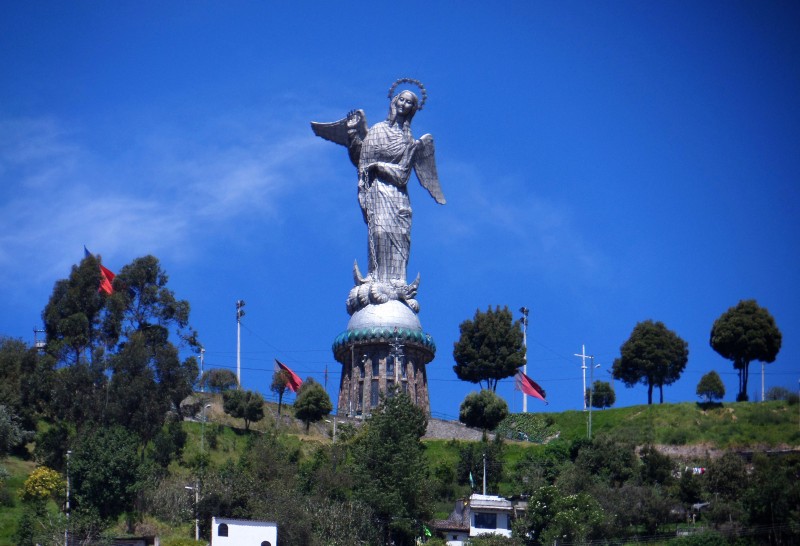

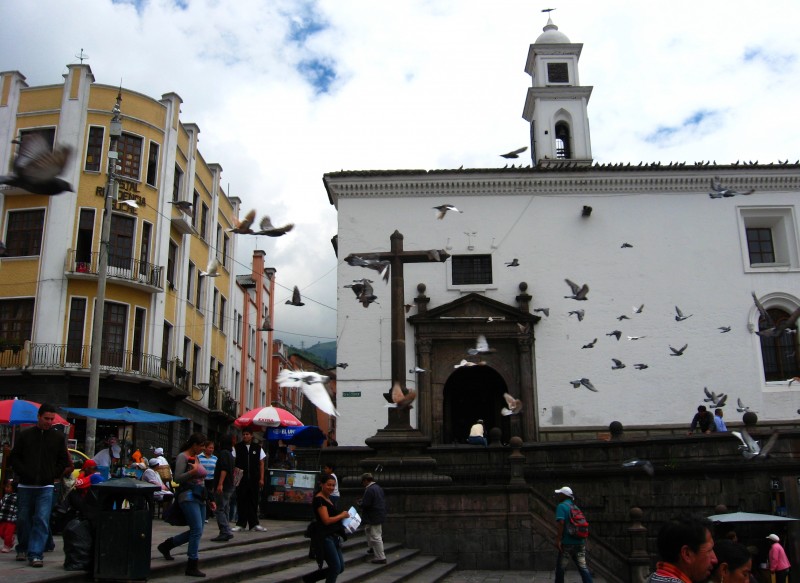







2 comments
Mmmm, those picanterias sound interesting, not to mention the fig and cheese sandwiches….